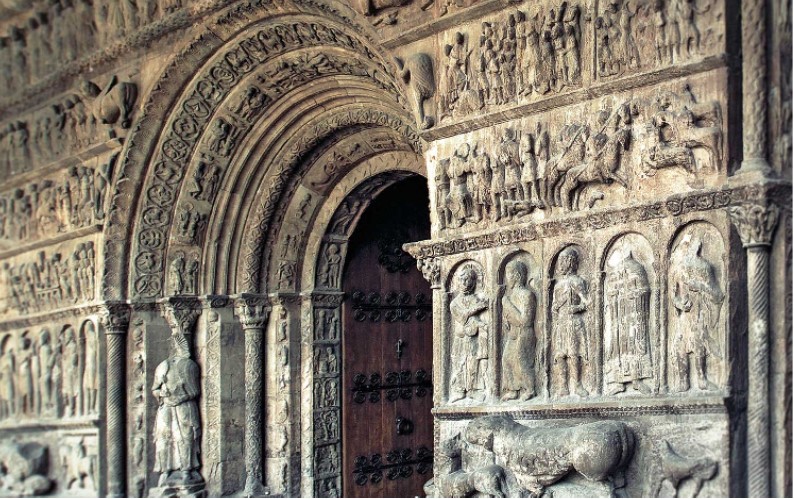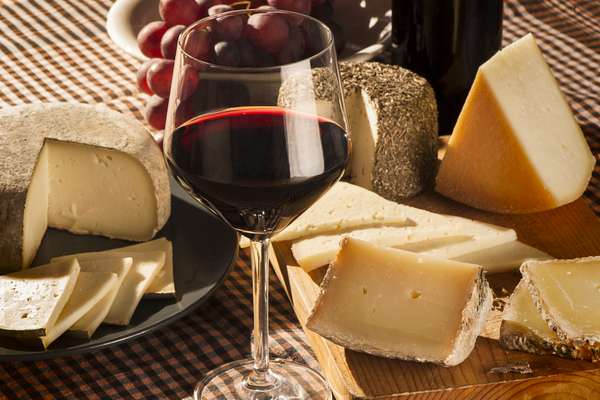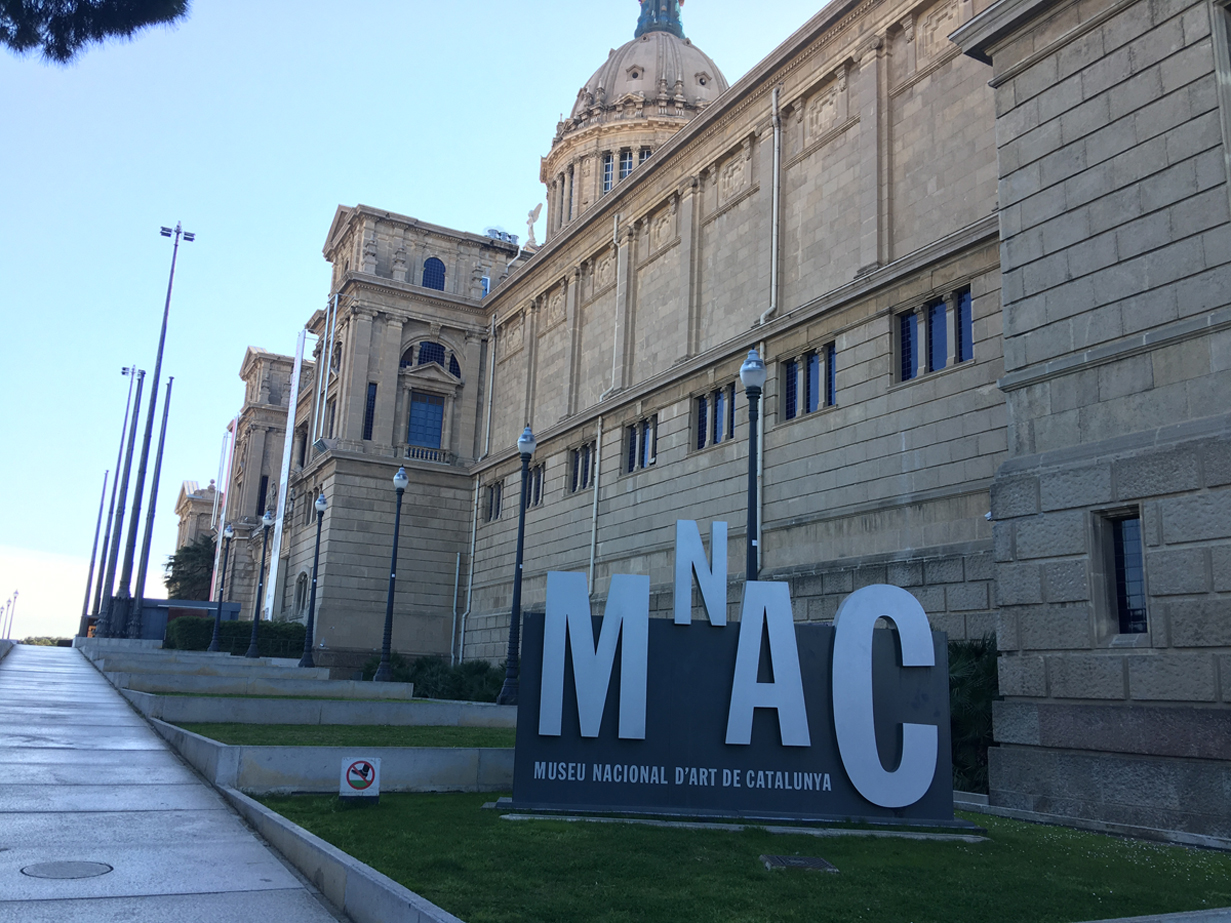KEYS TO SUCCESS IN THE RECUPERATION OF A TOURIST DESTINATION
In Catalonia, its world-class gastronomy, and the works of famous artists such as Gaudí and Dalí all make this region one most popular destinations.
You’ll find so many interesting examples of culture. Unique buildings in Barcelona (known as “the capital of Modernism”) such as the Sagrada Familia Cathedral or the Palau de la Música Catalana Auditorium, the outstanding archaeological site at Tarraco, the monastery of Poblet in Tarragona, the churches of the Boí valley in Lleida… all declared World Heritage sites by the UNESCO. What’s more you can opt to enjoy a whole range of events thanks to the programme of world-class museums like the National Art Museum of Catalonia and the Dalí Theatre-Museum in Figueres.
Artists who have earned a place among the list of universal creators, such as Miró, Dalí, Tàpies, Pablo Casals and Gaudí, found inspiration in Catalonia for their artistic creation. Catalonia’s cultural heritage is rich and varied, taking in all disciplines and offering visitors monuments, unique traditional festivities and many music, dance, theatre and circus festivals
Catalonia’s architectural heritage covers thousands of years of history. Its jewels include Iberian settlements, the remains of the first Greek city in the Iberian Peninsula, the Roman legacy, Romanesque churches, Gothic cathedrals and Jewish quarters. With regard to artistic movements, Catalan modernism, which was at its height in the early 20th century with Gaudí as its greatest exponent, offers buildings that are unique in the world, such as La Pedrera, the Sagrada Familia and Güell Park.
In Catalonia, art and culture, associated with gastronomy, are the values of the tourist destination, since they make it its hallmark. The artistic and cultural heritage of a tourist destination can thrill in many ways. In a territory like Catalonia in which its artistic and monumental heritage have led it to be a preferred destination of cultural tourism. Its culture and art bring together an endless list of quality cultural services and experiences that develop the creative potential of both tourists and visitors.

Different museums or art galleries are dynamic enclosures capable of connecting past and present while having the ability to promote new talents. They are centers of cultural activity of a must, either because the exhibition of universal geniuses is prioritized or to immerse themselves in their 2000 years of history.
Cultural tourism is one of the crucial sectors, both socio-culturally and economically. Cultural and natural heritage, cultural facilities (museums, interpretation and visitor centers, archaeological sites, monumental sites, among others), landscape environments, folklore, society and the economy are part of this whole framework that complements the tourist offer of the destination in a cultural proposal. This symbiosis, however, must be understood in a perspective of sustainability and quality that seeks to manage and present to the citizens cultural products through different communication channels and, especially, through new technologies.
rom the cultural offer, you can see the creations of great geniuses of Catalan art, such as Joaquim Vayreda, Anglada-Camarasa, Ramon Casas or Albert Ràfols Casamada to name a few. Other artistic creators with their own museum such as Dalí, Picasso, Miró or Tàpies also stand out. In Catalonia there are more than four hundred museums and art centers dedicated to all artistic styles and from all eras and they have an extensive program of exhibitions available to visitors. To all this, we must also add a series of routes and tourist attractions such as the “Camí de Sant Jaume”, the Cistercian Route, the Romanesque Route or the Camí Oliva and the Ignatian route.
While it is true that in some segments cultural tourism is associated with gastronomy, neither would a whole cultural program be understood without being able to taste typical dishes of the region, and that is that gastronomic tourism is much more than being able to enjoy a good main course or a drink during the trip. The ability to prepare products and experiences combining cultural tourism and gastronomy have been one of the keys to success in the economy in recent years with the increase in tourist spending. Catalonia offers suggestions for all tastes that includes elements of the country’s history, cultural heritage, different artistic modalities, popular and traditional festivals, among many other options to complement the visitor’s travel program. Catalan cuisine obtains the success of the quality and uniqueness of its products and the ability to combine what the land produces with what the sea provides.
THE AUTONOMOUS PRODUCTS. The essence of Catalan gastronomy

Catalonia has all the ingredients for the best gastronomy. Cuisine is geography, history and culture. To taste and enjoy a country’s culinary products is to explore all its traditions at once.
High-quality products right on your doorstep The larder is one of the jewels of Catalan gastronomy. The variety of local products kept there is spectacular, with products from the sea and the mountains: meat, fish, vegetables and more. Everything is of the highest quality. The larder contents vary depending on the season. The markets found throughout the towns and cities of Catalonia are prime examples of this.
Quality trademarks Thanks to their excellent quality and uniqueness, Catalonia has many products that are awarded the official European label of Protected Designation of Origin (PDO), or Protected Geographical Indication (PGI). Both are awarded to typical products that originate from a region which gives them a specific character and an inimitable flavour.
Four seasons and various celebrations mark the gastronomic calendar. Spring is the time for colourful fields, strawberries, peas and mussels. The San Juan festivities mark the start of summer, and there is nothing better to celebrate it with than the traditional ‘coca’ pastry and cava. Autumn is the time for the traditional dessert ‘panellets’ and chestnuts. At Christmas time, ‘escudella’ stew and cannelloni are the main event. For the rest of winter, ‘xató’ sauce and ‘calçots’ spring onions fill the table and are the basis for cooking workshops. At any time of the year, there is also a shortage of traditional, home-made sausage products, produced in each of the areas of the region.
The profile of the gastronomic tourist usually begins your program with a dose of culture, with a visit to one of the arts centres, since he not only cares about the food he enjoys, but wants to know more about the history of the region, local agriculture products and processing processes and how they arrive at the table. Tourists go to destinations looking for these local experiences that allow them to link to culture and gastronomy in a close and non-standardized way
Gastronomic tourism congeners with art and culture and must be part of the destination’s strategy collaborating in the creation of a new experience for the visitor.

